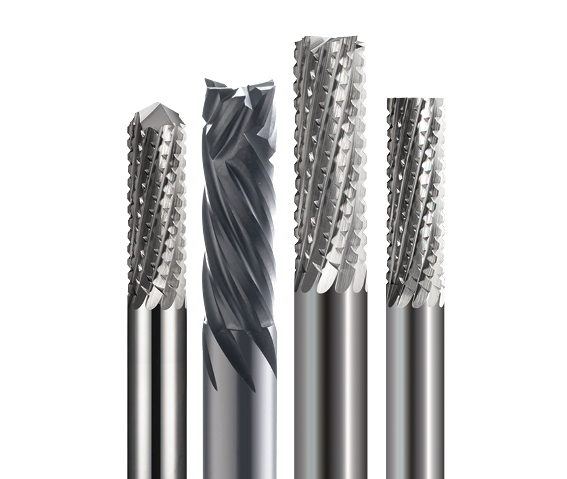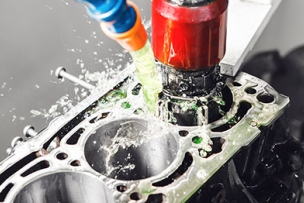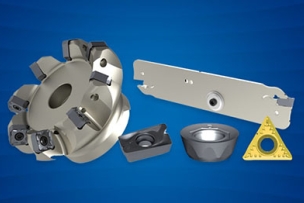From automotive body panels and tires to canoes, tennis rackets and abrasion-resistant work gloves, composite materials are all around us.
The lion’s share of these are glass fiber-reinforced polymers (GFRP) that, due to their lower cost, are used to make many of the products just listed. Carbon fiber-reinforced polymers (CFRP) and aramid fiber composites, aka Kevlar, on the other hand, exhibit superior strength and lighter weight (albeit at a higher price tag), making them the darlings of the aerospace industry.
The applications are too numerous to list, but one well-known example comes from aerospace giant Boeing. Its Dreamliner 787 contains just over 70,000 pounds (32,000 kilograms) of CFRP, built from roughly 23 metric tons (50,700 pounds) of raw carbon fiber. These can be found in the fuselage, wings, tail, doors and interior structures, most manufactured by automated fiber placement (AFP) and automated tape laying (ATL) heads that layer carbon-fiber “prepreg” onto contoured molds.
Though highly sophisticated and able to produce extremely complex shapes, this is, in many ways, the easier part of the manufacturing process. That’s because practically all composite parts require trimming of the outer periphery after layup, as well as operations like cutting out windows and drilling mounting holes. And as anyone who’s machined it can attest, CFRP and GFRP are both highly abrasive, while their older cousin phenolic tends to melt when tools get too hot. Furthermore, all three of these materials are prone to splintering, fiber pull-out, and delamination, failure modes that become even more prevalent as tools grow dull.







Talk to Us!
Leave a reply
Your email address will not be published. Required fields are marked *